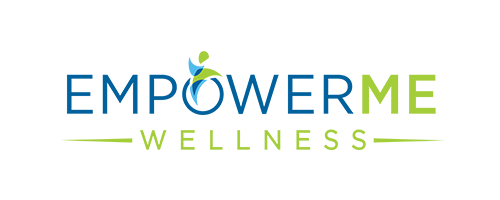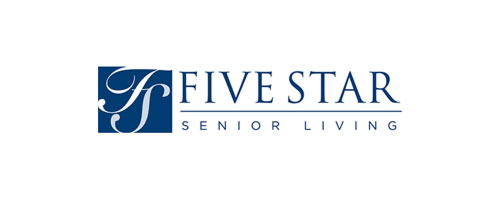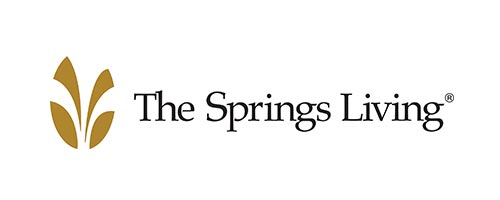Articles
The Journal on Active Aging brings articles of value to professionals dedicated to older-adult quality of life. Content sweeps across the active-aging landscape to focus on education and practice. Find articles of interest by searching the article archives in three ways: Enter a keyword in the articles search bar; click on search by topic; or type a keyword or phrase in the general search bar at the top of the page.

Americans in Motion: partners in health, partners in fitness by Toni Lapp
When the American Academy of Family Physicians (AAFP) created a fitness initiative in 2003, there was a certain amount of discomfort in the organization. How would it look to unveil a program encouraging physicians to lead active, healthy lives, when the incoming AAFP president tipped the scales at 286 lbs.?
Similarly, how could physicians logically lecture their patients on becoming more active if physicians themselves did not model an active lifestyle? That question went to the heart of AAFP’s Americans in Motion (AIM) initiative: teaching by example.
Program profiles

The wellness pinnacle
The NuStep Pinnacle Award was among the first awards to honor organizations that provide wellness services for aging men and women. Created by NuStep, Inc., the Michigan-based maker of exercise equipment, NuStep’s awards program continues to promote the importance of actively managing fitness and wellness as we age. The initiative also strives to motivate organizations to maximize their health and wellness programs.
moreProgram profiles

Range of living by Mary E. Sanders
When the Golden Waves water exercise program began as a research study in 1996, its participants’ goals included greater range of motion. Dottie wanted to be able to use the ladder to enter the outdoor pool in the summer. Eileen wanted to explore cathedrals, museums and gardens in Europe with her daughter. And Joanne wanted to feel more comfortable getting in and out of her SUV. She also wanted to turn her head more freely, to see behind and around her while she drove.
moreAquatics

Power training and aging: a practical approach by Joseph F. Signorile, Ph.D.
What is power? Although often used synonymously, the terms strength and power describe different things. Strength refers to the capacity of a muscle or body segment to produce force, while power is a measure of the rate at which that force can be developed. Effectively, power means force times velocity.
moreProgram design

Maximizing range of motion in older adults by Lisa Jenkins
It’s no secret that people lose about 20–40% of their muscle mass as they age. Scientists have discovered that, in addition to the natural aging process, the muscle loss is largely due to older adults no longer participating in everyday activities that require muscle power. This lack of use produces a wasting effect on the muscles,1 decreasing the available range of motion (ROM). Collectively, these two areas of decline can lead to pain and mobility problems for aging adults.
moreExercise

The six brain functions by Allen Bragdon
The scientific evidence is now irrefutable: When you keep the problem-solving circuits of your brain active you improve performance and help prevent degeneration with age. To better understand the elements on research of cognitive skills, it helps to understand the functions of the brain.
more































